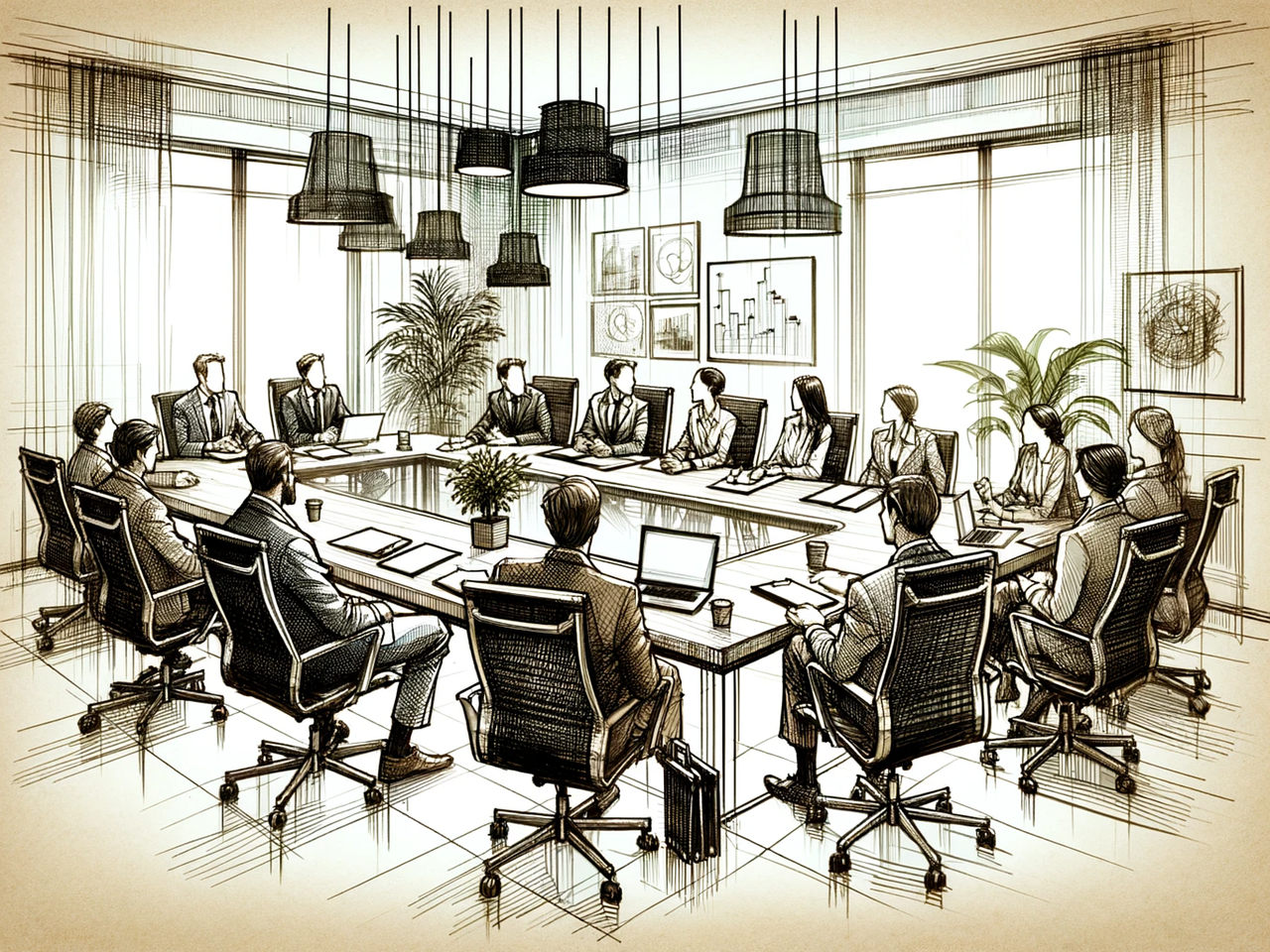Your proposal is finally becoming a project? Congratulations! As part of the project implementation, you will need to build and continuously strengthen your online presence.
Where to start from? Building a website is usually a good starting point, but do not limit yourself to a standard website just for the sake of having one: before being a deliverable, a website is the online image of your project, the main anchor for all the social media channels and the key tool to attract an audience. So you’d better awake visitors’ curiosity for seeking more information about the project.
What key points to consider when building it? We have some suggestions for you, check them out:
1. What are the aims of the project? Make sure you give a clear overview of the project in an easy and understandable way. Do not use a language that is too specific and scientific, as your broader audience most likely does not need to understand the technical parts, but rather the final aim of the project. Then, present the problem or issue that you identified and clarify how your project is going to deal or solve it without forgetting to highlight the improvements your project will bring to the society.
2. Show that you are not alone. You spent all that time looking for the right partners and aligning all those different points of view, so I bet you do not want to keep them for yourself now. Proudly introduce your partners, one of the key strengths of your project, and the added value and contribution each of them will make. Present them one by one, with their logo and website, so that people can check more information on them.
3. Publish the findings and outcomes of your project step by step. Every time you produce a new report, product or service it is good practice to upload the relevant documents on your website to show your audience the continuous progress of your work or even to receive some input for additional research directions or interesting perspectives. Creating an archive with the results is also a good idea, especially because some deliverables are set as public by the European Commission. In order to make it more appealing, you should avoid keeping simply the official name of the deliverable (such as D1.1) , as people may be scared off and it could sound boring. Go for titles that fully reflect the content. Let’s say that you could name a deliverable Report on mapping the CEE start-up ecosystems instead of D1.1.
4. Keep it updated! It might be difficult as you have other priorities, but a website section with 8 months old news might give a wrong impression on the whole project. So dedicate it more time and promote regularly your activities, opportunities (conferences, funding) or meetings with the partners. People will see how active the project is and will feel more engaged as they can follow the entire process.
5. Visual identity. The project has its own brand so try to coordinate all the visual elements under the same colour, shapes and style so that people will recognize it when they see it elsewhere. Remember always to keep in mind what you want to communicate with its identity and whom you are communicating to. A start-up project working with students should not look nor feel similar to a project targeting the scientific community. The visual elements, especially the logo, will appear on all social media channels, video, events and official documents so make sure that it is done by a professional and that it fits the project’s needs.
6. Introduce yourself! Visitors of the site will want to know who you are and they will expect a contact person to be in touch with in case they want to cooperate or just want to ask for further information. Finally, do not forget to show where you are based. It is true that we live in a digital era, but showing your location will make people feel reassured.
7. Let’s be social! Earlier we mentioned the importance of social media channels, but which ones to use? For EU projects we strongly recommend Twitter, LinkedIn and Facebook. It’s important to create icons in the site to redirect people to these channels so that your audience can stay in touch with you in an even easier way commenting or asking you questions directly.
Easier said than done! But hey, these are the things that will truly make your project stand out. Here we showed you examples of our projects PlasCarb, BILAT USA 4.0 and PLANHEAT. Do you have a cool website for you project?
Don’t be shy and show us!




